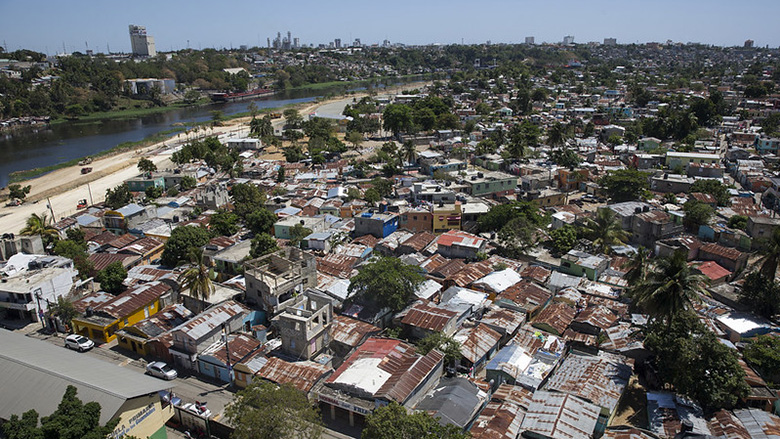Beneficiary Story/Quote
As per the Ministry of Finance communiqué on the Cat DDO disbursement in March 2020, then-president of the Dominican Republic Danilo Medina recognized, at the time this first Cat DDO was signed, the importance of this financing to mitigate risks derived from climatic events, disasters, and pandemics, allowing the country to be better prepared to save lives and assist affected communities.
Challenge
Due to its geographic location, the Dominican Republic is highly exposed to natural hazards such as earthquakes, hurricanes, and tropical storms, which have posed major challenges for its sustainable growth and resilient development. The country has faced high vulnerability to adverse natural events, exacerbated by unplanned urban growth, land degradation, and weak enforcement of building codes and zoning regulations. Additionally, public health-related shocks caused by the COVID-19 pandemic and other emerging diseases have also constituted a significant challenge for the country. Disasters and health-related shocks can strain a country’s fiscal resources, as they are often unexpected and necessitate a speedy response. Managing these risks and avoid the creation of new ones are therefore a development imperative for the DR.
Approach
The World Bank supported the government of the Dominican Republic through a Disaster Risk Management Development Policy Loan with Catastrophe Deferred Drawdown Option (Cat DDO), an instrument that provides financing in the event of a disaster, health emergency, or other shock as defined in the terms of the instrument. It not only provided timely liquidity for the government to respond to the COVID-19 emergency, but most importantly it enhanced the government’s existing Disaster Risk Management (DRM) and Climate Change Adaptation (CCA) systems by facilitating the implementation of priority policies in DRM and CCA across the socioeconomic sectors of education, water, public investments, health and construction. The Cat DDO was the first ever to include health emergencies as a trigger and the first in the Caribbean. It supported in particular measures to strengthen the resilience of the health sector, in compliance with international regulations mandated by the Pan American Health Organization (PAHO) and the World Health Organization (WHO).
Results
This Cat DDO supported the country’s more vulnerable population by contributing to the adoption of mechanisms to increase the government’s fiscal resilience and capacity to mobilize resources in the aftermath of a disaster. During the 3 year of the Cat DDO implementation, the following results were achieved:
- The medium-term fiscal framework, published by the Ministry of Finance, started to include an assessment of contingent liabilities associated with disasters
- The Ministry of Education reported that in 2020, 759 risk assessments of educational centers were carried out, using a tool called rapid visual evaluation, and 217 evaluations were carried out using the Index of Security in Educational Centers of the Dominican Republic (ISCERD). These combined numbers were equivalent to about 16 percent of schools in 2015.
- By 2020, 100 percent of the projects approved in the National Public Investment System (SNIP) complied with mandatory technical standards of incorporating disaster and climate risk analysis.
- Between January 2017 and March 2020, the vulnerability to natural and health adverse events of 80 health facilities had been evaluated using PAHO’s Hospital Safety Index tool and 22 were granted an operating license.
- In 2020, 10,866 inspections were carried out, in adherence to Regulation R-004 (Supervision and General Inspection of Works) in private construction private works with a construction permit, which represents 100 percent of such private works.
